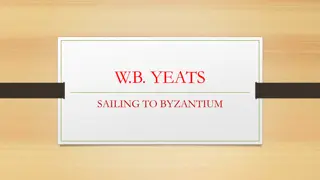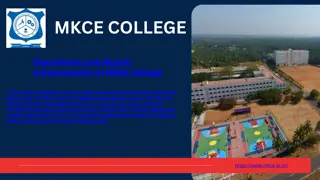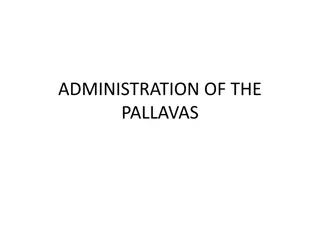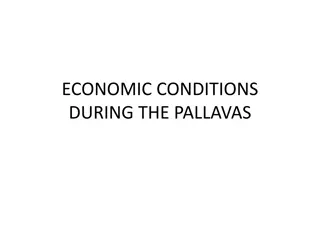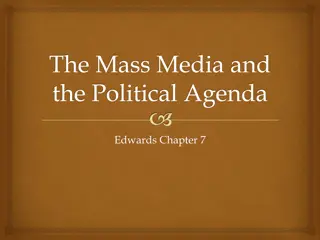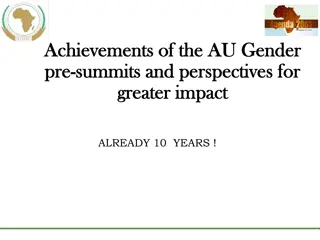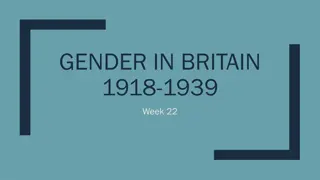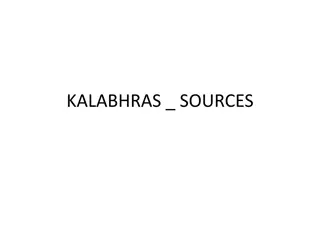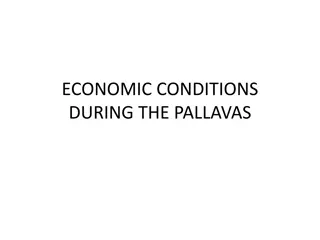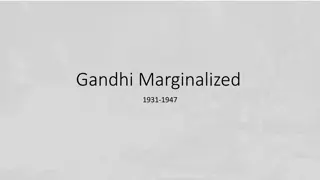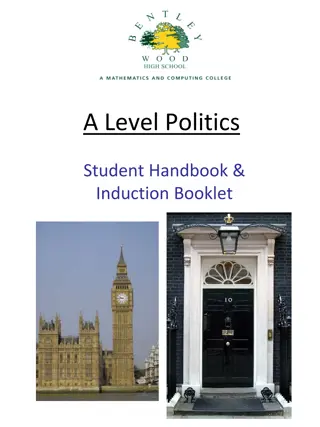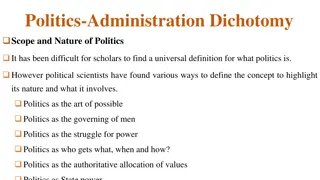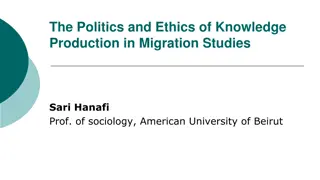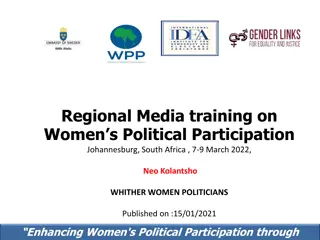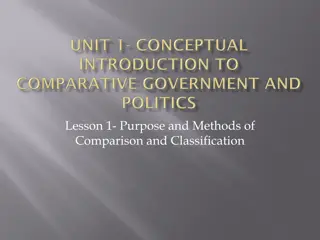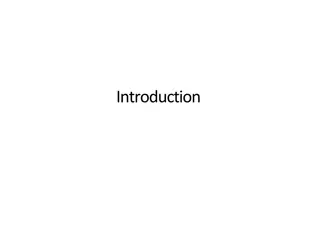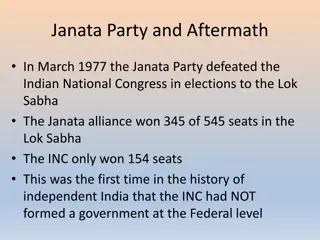The Pallavas: Origins, Politics, and Achievements
The Pallavas, an ancient dynasty in South India, had multiple theories surrounding their origin, with some suggesting Persian descent. Their political history saw conflicts with the Chalukyas and a focus on military conquests. Notable rulers like Mahendravarman I and Narasimhavarman I expanded the Pallava kingdom and demonstrated prowess in art and architecture. The reign of Narasimhavarman II marked a period of peace and cultural development, with significant architectural projects undertaken during his rule.
Download Presentation

Please find below an Image/Link to download the presentation.
The content on the website is provided AS IS for your information and personal use only. It may not be sold, licensed, or shared on other websites without obtaining consent from the author. Download presentation by click this link. If you encounter any issues during the download, it is possible that the publisher has removed the file from their server.
E N D
Presentation Transcript
Origin of the Pallavas . There are many theories regarding the origin of the Pallavas . Some scholars consider that the Pallavas were foreigners . According to this theory , the Pallavas were the Descendants of the Persians who invaded North India . The theory that the Tamil Country had been the original home of the Pallavas is based on the story of Thondaiman Ilanthiraiyan , considered to be a descendent of the Chola Naga tribes . It is generally considered that the Pallavas had migrated to the Tamil Country from North India , they served under the Mauryas .
Politics of the Pallavas . Mehendravarman I AD . 600 630 The History of the Pallavas begins with the reign of Simhavishnu . He defeated and eliminated the Kalabhras from the Tamil Country . Simhavishnu was succeeded by his son Mahendravarman I , a follower of Jainism , Later , he followed Saivism due to the influence of the Saivaite Saint Tirunavukkarasar , who is also known as Appar . The Pallava Chalukya conflict had began during the period of Mahendravarman -I The Chalukyan king Pulakesin II marched against the Pallavas and defeated Mahendravarman I Mahendravarman I chased his enemy and defeated the Chalukyan army at Pullalur .
Mahendravarman I had also defeated the Western Ganga ruler Durvinitha . He assumed the titles Sathrumallan and Kalagappriyan shows his military genius . Other titles such as Chttrakkarappuli , Vichitra Chitha , Mathavilasa , Sangirana jathi reveals his interest in Literature , Art and Music . Narasimhavarman -I ( AD 630 668 ) He was the son and successor of Mahendravarman I . Narasimhavarman had defeated the Chalukyan ruler Pulakesin II at Manimangalam Then he marched with his army towards the Chalukyan Kingdom . The Commander in Chief of the Pallava army was Paranjothi , Pulakesin -II was defeated and killed in the battle . The Chalukyan capital Vathapi was set to fire and destroyed . After this victory , Narasimhavarman I had assumed the title of Vathapi Kondan .
Narasimhavarman I had sent two expeditions to Ceylon and helped his friend Manavarman to get back his kingdom . During his period , the Chinese traveller Hiuen Tsang visited the Pallava capital Kanchipuram . He stayed there for some time and studied in the Buddhist Kadigai . He had given detailed information regarding the greatness of Kanchi in his travel account . He assumed many titles such as Mamallan , Sribharan , Srimehan , Srinithi and Vadhya Vidyatharan . He was succeeded by Mahendravarman II , Parameshwaravarman I , Narasimhavarman II ( Rajasimha ) and others .
Narasimhavarman II ( Rajasimha ) - 695 722 AD ) He was also known as Rajasimha . His period was peaceful and he showed much interest in developing the Art and Architecture . The Shore temple at Mamallapuram and the Kailasanatha temple at Kanchipuram were built in this period and also a great patron of Art and Letters . The famous Sanskrit Scholar Dandin was the Court poet of Narasimhavarman II . He sent embassies To China to maintained their trade relations .. He assumed the titles like Sankarabhakta and Agama Priya . He was succeeded by Parameswaravarman II and Nandivarman II . The Pallava rule lasted till the end of the 9th Century AD . The Chola king Aditya -I defeated the last Pallava ruler Aparajita and seized the Kanchipuram region , with this , the rule of Pallava dynasty came to an end .





